Monash researchers say volcanoes helped species survive Antarctica's extreme ice ages
An international team of researchers has found evidence that the steam and heat from volcanoes and heated rocks allowed many species of plants and animals to survive past ice ages.

The research, published recently in the Proceedings of the National Academy of Sciences (PNAS), will help scientists understand how species respond to climate change. The paper could solve a long-running mystery about how some species survived and continued to evolve through past ice ages in parts of the planet covered by glaciers.
Professor Steven Chown of the Monash University School of Biological Sciences worked collaboratively as part of the team, led by the Australian National University (ANU), that studied tens of thousands of records of Antarctic species, collected over decades by hundreds of researchers. They found there are more species close to volcanoes, and fewer further away, supporting their hypothesis that species have been moving gradually away from volcanic areas since the last ice age.
“Warming from volcanoes and other heated ground can improve conditions for life, especially under extremely cold conditions such those found during ice age periods. In this way, volcanic areas provide important refuges for life,” Professor Chown said.
While the study was based on Antarctica, the findings could help scientists understand how species survived past ice ages in other icy regions, including in periods when it is thought there was little or no ice-free land on the planet.
Antarctica has at least 16 volcanoes which have been active since the last ice age 20,000 years ago. The study examined diversity patterns of mosses, lichens and invertebrates, which are still common in Antarctica today.
“Around sixty per cent of Antarctic invertebrate species are found nowhere else in the world. This suggests that these species have been present for millions of years. How they survived past ice ages—the most recent of which ended less than twenty thousand years ago—has long puzzled scientists,” Professor Chown said.
“As well as learning more about the impacts of past climate change; the research findings could help guide conservation efforts in Antarctica. Knowing where the ‘hotspots’ of diversity are will help us to protect them as human-induced environmental changes continue to affect Antarctica.”
Monash University School of Biological Sciences
The scale of study ranges from genetics, the study of genes and the ways they control the development of plants and animals, including humans, to ecology, an area of biology dealing with the relationships of organisms to the environment and biosphere.
The School of Biological Sciences offers the following areas of study
- Ecology and Conservation Biology
- Genetics
- Genetics & Molecular Biology
- Marine and Freshwater Biology
- Plant Sciences (botany)
- Zoology



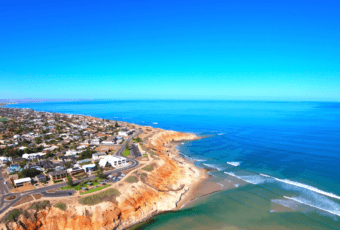
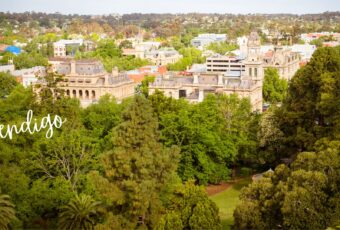




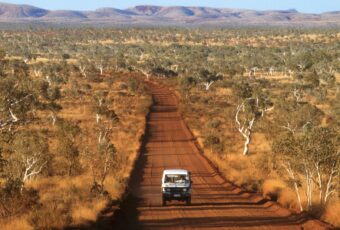
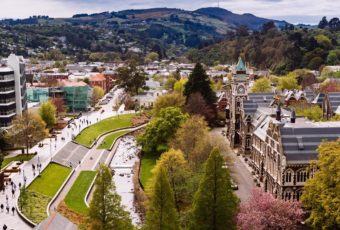

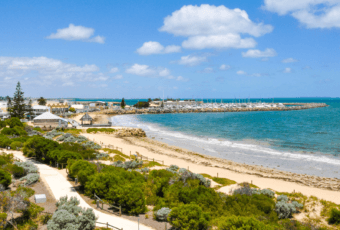




















Ask A Question
Ask us about your program of interest, or if you have a question about our services.
CONTACT US TODAY